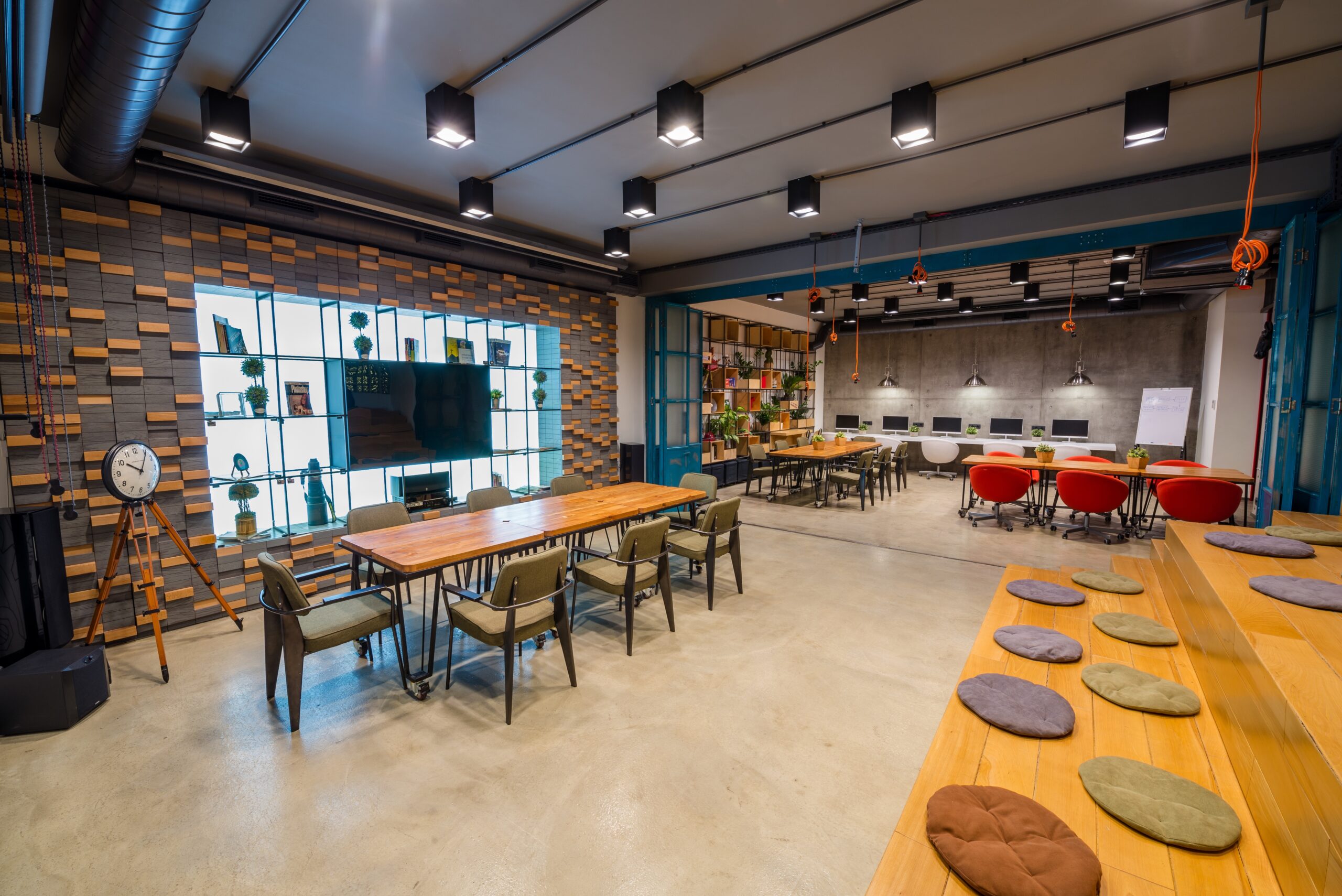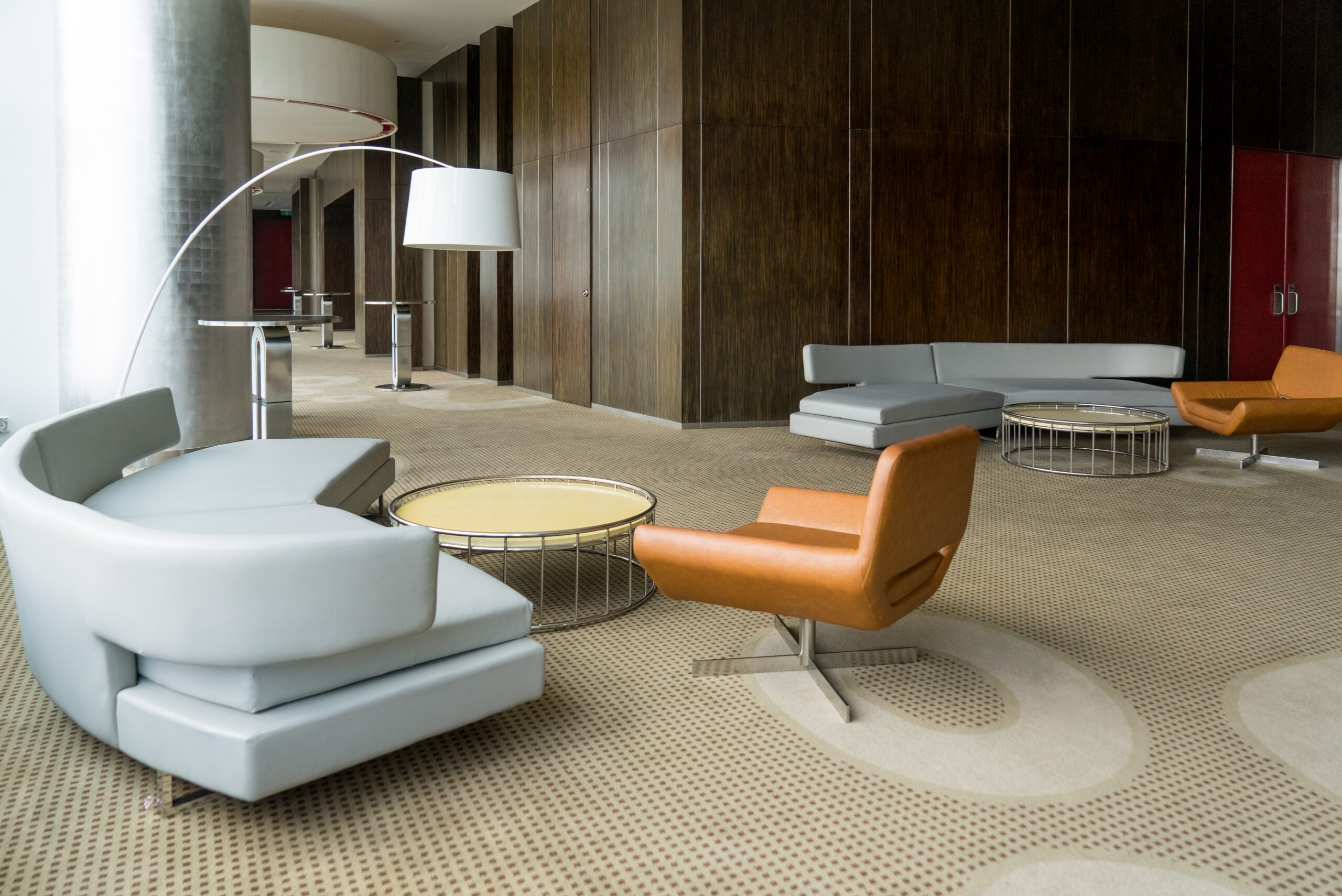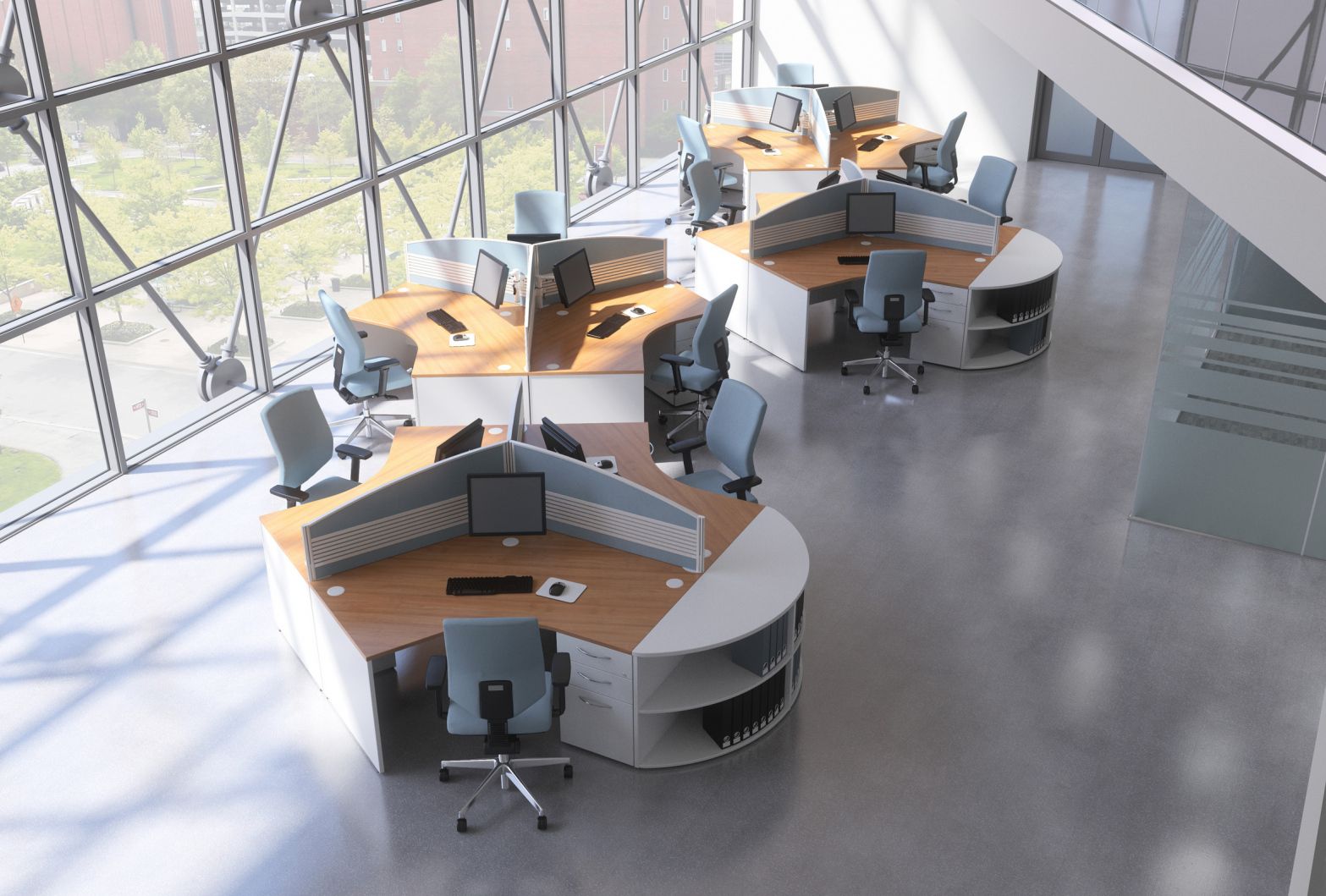Introduction
Productive Home Office – In recent years, remote work has become a popular choice for software engineers. The flexibility and freedom it offers can significantly improve work-life balance. However, to be successful in a remote role, you need a well-designed home office that promotes productivity and creativity. In this blog post, we will explore how to create the ideal workspace for remote software engineers, from choosing the right location to optimizing your equipment and surroundings.
Choosing the Right Location
The first step in designing a productive home office is selecting the right location within your home. Here’s how to do it:
Find a Quiet Spot
Software engineering often requires deep focus and concentration. Therefore, it’s essential to choose a location that minimizes distractions. Avoid high-traffic areas and noisy spots in your home.
Natural Light Matters
Natural light not only brightens your workspace but also has a positive impact on your mood and productivity. Position your desk near a window if possible, but make sure to reduce glare on your computer screen.
Separate Work and Living Spaces
It’s crucial to establish a clear boundary between your workspace and the rest of your home. This helps you mentally switch between work and personal life. Consider using room dividers or screens if you have limited space.
Ergonomic Workspace Setup
A comfortable and ergonomically designed workspace is essential to prevent physical discomfort and maintain productivity. Here’s what you need to focus on:
Invest in a Quality Chair and Desk
Sitting for extended periods can lead to back pain and discomfort. Invest in an ergonomic chair and a desk that can be adjusted to the right height for your body.
Use Proper Lighting
Avoid eye strain by ensuring your workspace is well-lit. Consider using adjustable desk lamps to control the direction and intensity of light.
Set Up Dual Monitors
Software engineers often work with multiple screens. Using dual monitors can boost productivity by providing more screen real estate for coding and multitasking.
Essential Equipment and Tools
To work efficiently from home, you’ll need the right equipment and tools. Here’s a list of essentials:
High-Speed Internet Connection
A reliable and fast internet connection is crucial for remote software engineers. Invest in a plan that meets your bandwidth needs.
Ergonomic Keyboard and Mouse
Invest in an ergonomic keyboard and mouse to prevent repetitive strain injuries and enhance your typing speed and accuracy.
Noise-Canceling Headphones
Block out distractions with noise-canceling headphones. They are particularly helpful if you live in a noisy environment.
Personalizing Your Workspace
Personalizing your workspace can boost your motivation and creativity. Here’s how to do it effectively:
Add Plants and Greenery
Plants can improve air quality and create a more pleasant work environment. Consider adding some indoor plants to your home office.
Decorate Thoughtfully
Choose decor that inspires you. Whether it’s artwork, motivational quotes, or a vision board, make your workspace a place that motivates and energizes you.
Time Management and Organization
Maintaining a productive home office also requires effective time management and organization:
Create a Schedule
Set clear work hours and breaks to maintain a healthy work-life balance. Stick to a consistent routine to help you stay on track.
Use Productivity Apps
Consider using productivity apps and tools to help you manage your tasks, set goals, and stay organized.
Conclusion
Designing a productive home office for remote software engineers is a crucial step toward achieving success in a remote role. By choosing the right location, setting up an ergonomic workspace, acquiring the necessary equipment, personalizing your environment, and managing your time effectively, you can create a workspace that enhances your productivity, creativity, and overall well-being. Remember that a well-designed home office is an investment in your career and work-life balance.



